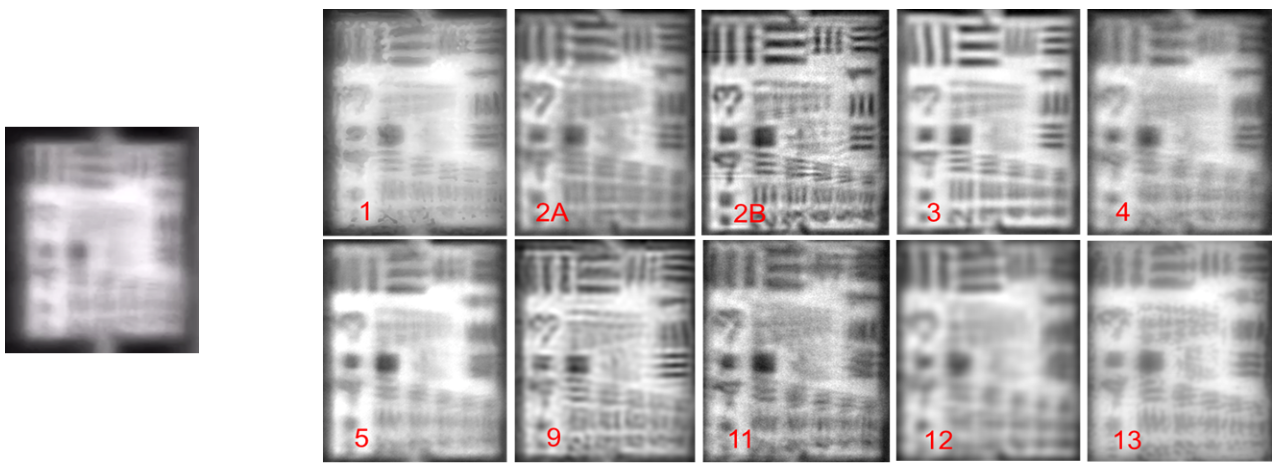SET-226: Turbulence mitigation techniques for electro-optics (EO) and laser systems
M.-T. Velluet (ONERA-FRA), C. Bell (DSTL-GBR), J.-F. Daigle (DRDC-CAN), J. Dijk (TNO-NDL), S. Gladysz (Fraunhofer IOSB-GER), A. Lambert (UNSW-AUS), G. Potvin (DRDC-CAN), M. Vorontsov (Un. Of Dayton-USA).
Motivation
The required levels of EO system performance in terms of detectability, recognition and identification (DRI) are higher and higher. However, because of the atmospheric turbulence caused by local variation of the refractive index of the air, optical waves propagating over long distances near the ground are disrupted. Therefore, the system performance is degraded and can drop dramatically with distance.
Examples of this phenomenon are image blurring and dancing under hot desert conditions in high resolution VIS/IR imaging (figure 1 left), or angle of arrival and intensity fluctuations of a laser beam propagating over long range near the ground (figure 2 right).

Figure 1: Short-time exposure images; Left: target collected image at 2.5 km, right: Beam focusing at 2.5 km for (a) Cn2 = 10-15 m-2/3 and (b) Cn2 = 7.5 x10-14 m-2/3.
The degradation is linked to the turbulence strength expressed by Cn2. Various techniques can be implemented to mitigate the turbulence effects and increase range capability of the system, such as Adaptive Optics (AO) systems to improve beam quality / focusing or image processing techniques to enhance image quality. However, the higher the turbulence between target and receiver planes, the lower the efficiency of these techniques. Consequently an accurate prediction of turbulence strength in the area of interest is necessary when proposing or designing an adequate technique.
The objective of the SET 226 is to improve the knowledge of atmospheric turbulence impact on optical systems performance and test turbulence mitigation techniques enabling longer distance detection, recognition and identification tasks, free space optical communication and the employment of beam delivery for high energy directing for defence applications or power beaming.
Main results
The 8 nations involved in SET-226 conducted a trial in September 2016 at DRDC Valcartier (Canada). The collected data were gathered in a database completed by relevant information (ground truth data, optical sensors characteristics…) to validate theoretical and numerical models The images collected under different turbulence conditions were used for a Restoration Challenge that brought together experts in the field and allowed them to process identical input data using state-of-the-art algorithms. Restoration of turbulence-degraded imagery under anisoplanatic conditions is an active research area with considerable practical application for military surveillance, reconnaissance and identification capacity. Approaches to this problem abound but no more than a few algorithms have ever been compared in a single experiment. The use of new sensors and AO systems for laser focusing has shown the contribution that such instrument can make. Preliminary volume turbulence soundings methods were tested and first results demonstrated their feasibility

Figure 2: left original image, right restored images using different algorithms.
Conclusion
Compensating for turbulence for tactical applications is a very large domain of investigation with emerging technologies such as Adaptive Optics, new Sensors and Image Processing that can increase DRI; and laser communications with improved bandwidth and delivery. Published by SET | 